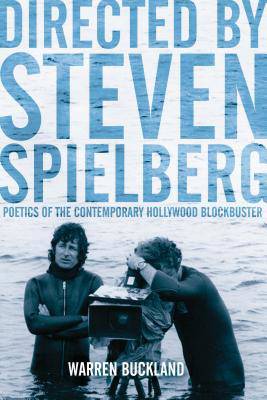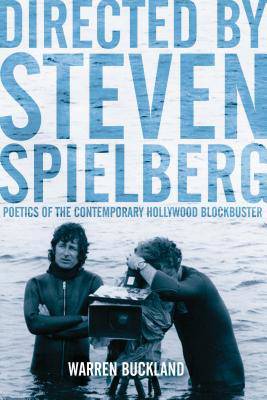
- Retrait gratuit dans votre magasin Club
- 7.000.000 titres dans notre catalogue
- Payer en toute sécurité
- Toujours un magasin près de chez vous
- Retrait gratuit dans votre magasin Club
- 7.000.0000 titres dans notre catalogue
- Payer en toute sécurité
- Toujours un magasin près de chez vous
Directed by Steven Spielberg
Poetics of the Contemporary Hollywood Blockbuster
Warren BucklandDescription
Although the blockbuster is the most popular and commercially successful type of filmmaking, it has yet to be studied seriously from a formalist standpoint. This is in opposition to classical Hollywood cinema and International Art cinema, whose form has been analyzed and deconstructed in great detail. Directed By Steven Spielberg fills this gap by examining the distinctive form of the blockbuster. The book focuses on Spielberg's blockbusters, because he is the most consistent and successful director of this type of film - he defines the standard by which other Hollywood blockbusters are judged and compared. But how did Spielberg attain this position? Film critics and scholars generally agree that Spielberg's blockbusters have a unique look and use visual storytelling techniques to their utmost effectiveness. In this book, Warren Buckland examines Spielberg's distinct manipulation of film form, and his singular use of stylistic and narrative techniques.
The book demonstrates the aesthetic options available to Spielberg, and particularly the choices he makes in structuring his blockbusters. Buckland emphasizes the director's activity in making a film (particularly such a powerful director as Spielberg), including: visualizing the scene on paper via storyboards; staging and blocking the scene; selecting camera placement and movement; determining the progression or flow of the film from shot to shot; and deciding how to narrate the story to the spectator. Directed By Steven Spielberg combines film studies scholarship with the approach taken by many filmmaking manuals. The unique value of the book lies in its grounding of formal film analysis in filmmaking.Spécifications
Parties prenantes
- Auteur(s) :
- Editeur:
Contenu
- Nombre de pages :
- 256
- Langue:
- Anglais
Caractéristiques
- EAN:
- 9780826416919
- Date de parution :
- 19-04-06
- Format:
- Livre broché
- Format numérique:
- Trade paperback (VS)
- Dimensions :
- 170 mm x 226 mm
- Poids :
- 344 g

Les avis
Nous publions uniquement les avis qui respectent les conditions requises. Consultez nos conditions pour les avis.






